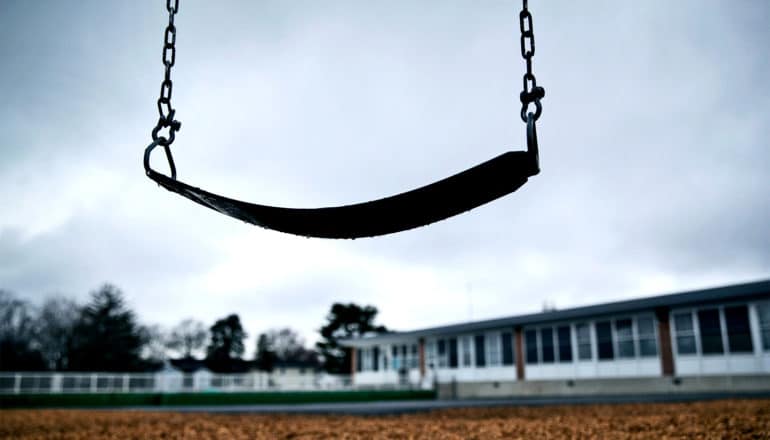
The childhood obesity rate in the United States may increase 2.4% if school closures continue into December, according to a new study.
“Having schools closed nationwide, children in the US have missed their opportunity to participate in physical education classes and other school-based physical activities, such as recess and after-school sports programs,” says Ruopeng An, assistant professor at the Brown School at Washington University in St. Louis.
“They are also less likely to make up for it under the stay-at-home orders, as parks and outdoor recreation areas across the states are closed that limit physical activity opportunities outside.”
Currently, all 50 states and Washington, DC have issued executive orders on school closures, and most states issued these orders March 13-23. To date, no state has lifted school closure orders, and the closures in most places will likely continue for the rest of the 2019-2020 academic year, An says.
“It remains unclear whether and on what scale schools would reopen after the summer break, as such decisions are contingent upon how the COVID-19 pandemic evolves in the coming months,” he says.
1.27 million new childhood obesity cases
In the US, childhood obesity prevalence increased by three-fold over the past few decades. In 2017-2018, 18.5% or 13.7 million children aged 2-19 years had obesity, An says.
“Lacking physical activity is one of the major behavioral risk factors for childhood obesity,” he says. “The Physical Activity Guidelines for Americans recommends 60 minutes or more of moderate-to-vigorous physical activity daily among children.
“Over three-quarters of children in the US do not meet the guidelines’ recommended daily physical activity level. In the meantime, nearly half of US children exceed two hours per day in sedentary behavior.”
For his study, published in the Journal of Sport and Health Science, An used a microsimulation model to project the change in US children’s BMI (body mass index) and childhood obesity under the COVID-19-induced uncertainties.
The study simulated different future scenarios regarding the duration of school closure and change in social norms and their possible impact on children’s daily physical activity level.
“The model predicts that even a two-month school closure alone could result in an increase in the childhood obesity rate by 0.64%,” he says.
“If school closures continue to the end of 2020 due to unsubdued community transmission of COVID-19, the childhood obesity rate in the US might further increase by 2.4%. In such a case, by March 2021, about 1.27 million new childhood obesity cases will develop under the COVID-19 pandemic than otherwise.”
Health disparities
Compared with girls and non-Hispanic whites, the estimated impact of COVID-19 on childhood obesity could be modestly larger among boys and non-Hispanic blacks and Hispanics, respectively.
“We need to address the increasing health disparities caused by the COVID-19 pandemic,” An says. “Customized policy interventions are warranted to prevent further deterioration of weight-related health outcomes among these two socioeconomically disadvantaged racial/ethnic minority groups.
“The harsh reality is, for the coming months or longer, the majority of children in the US may not fully resume their daily physical activity routines due to the nationwide closure of schools, gyms, recreation centers and parks, and cancellation of sports activities,” An says.
“Public health interventions are urgently called on to promote an active lifestyle and engagement in physical activity among children to mitigate the adverse impact of COVID-19 on unhealthy weight gains and childhood obesity.”
Source: Washington University in St. Louis
The post School closures may boost childhood obesity appeared first on Futurity.
from Futurity https://ift.tt/3c56mr3
No comments:
Post a Comment